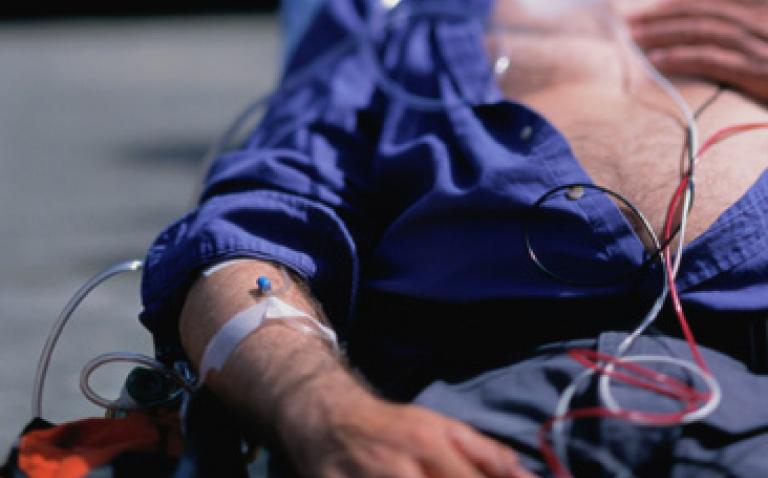Plans to use so-called “solo-responders” to answer more emergency calls have come under fire from ambulance unions and doctors who fear that patients could be put at risk.
Many two-person ambulance crews are being split up in some NHS areas to meet new response-time targets.
Some staff say solo-responders are not always appropriate and that it is a bid to get the service on the cheap.
The solo-responders drive estate cars equipped with the resources of an ambulance and while there is no policy banning the transportation of patients in rapid response
vehicles, doctors and paramedics are known to have concerns.
But ministers have insisted the move “does not present a risk to patients” and that it would free resources for other calls.
From next April, the 10 ambulance trusts in England will have to respond to three quarters of the most serious emergencies within eight minutes from the point the call is answered.
According to the BBC all but one of the ambulance trusts submitted plans to the Government in the autumn putting forward the case for using more solo-responders.
And officials believe the remaining trust, which has not been named, will take such an approach later.
Ambulance bosses are now ordering new fleets of solo-response cars with a view to splitting up many of their double-manned ambulance crews to ensure they have enough resources to meet the target.
The ambulances left in operation are likely to be run by a paramedic working alongside an emergency care assistant, trained in basic life support and first aid.
Sam Oestreicher, of Unison, said the target distorted priorities and could “potentially put patients at risk”.
“You may get solo-responders sent when an ambulance crew would be best.”
But he also added the deployment of solo-responders was appropriate in some cases as the ambulance service was increasingly dealing with non-life threatening conditions.
Martin Shalley, of the British Association for Emergency Medicine, said: “There is a concern that because of the target solo-responders will be sent out when an ambulance crew should.
“Sometimes patients are so seriously hurt you need more than just one person there immediately.”










